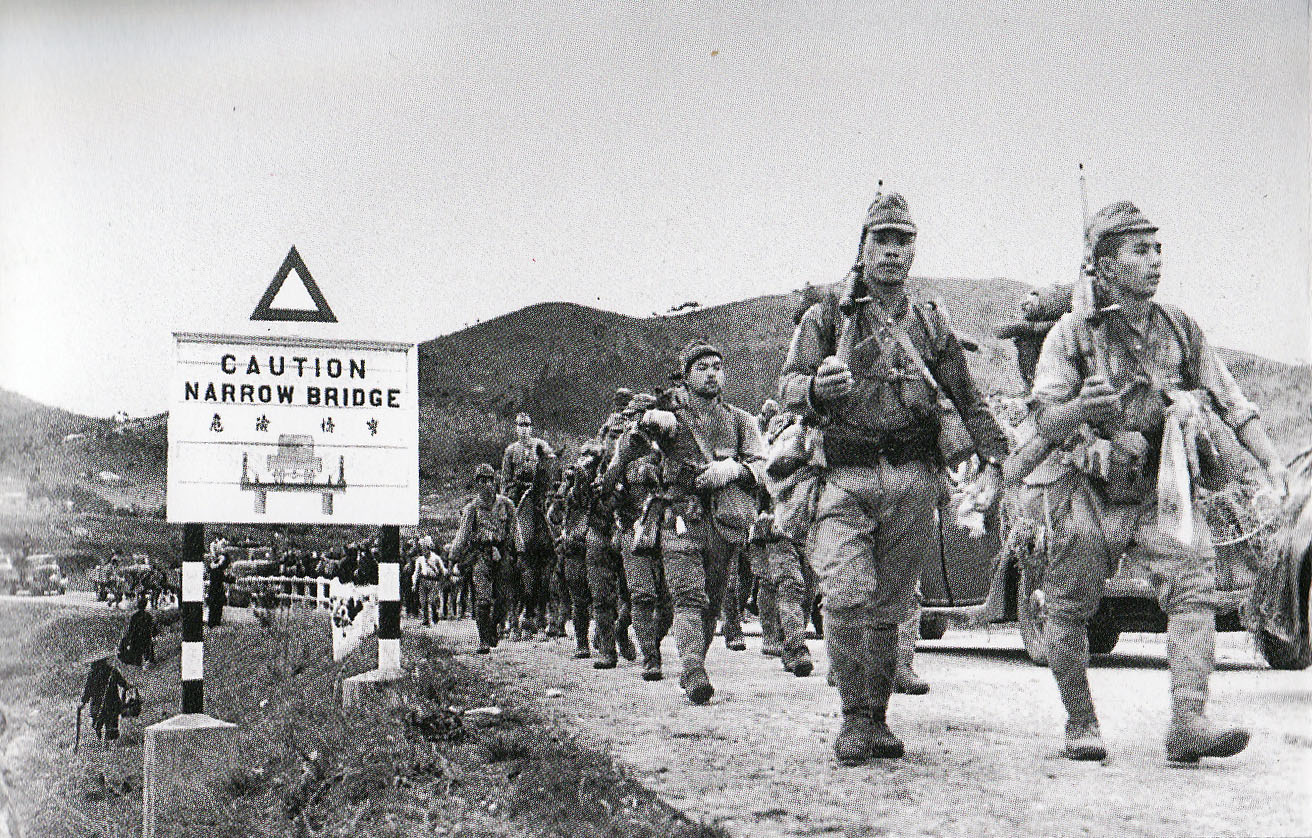In the hype of the 70th anniversary of Japan’s surrender in WWII, it is important to re-examine a piece of Hong Kong’s history that is not widely discussed, let alone remembered, outside of this day. It was written by young men and women from home and across the seas who tired to defend the crown colony against a battle-hardened Japanese invading force in 1941, holding their ground for 18 days.
This was the battle of Hong Kong.
The threat of a Japanese invasion first stemmed from the 1920s after the end of the Anglo-Japanese alliance. British defence studies concluded that the garrison had inadequate ability to fend off a Japanese attack.
Nonetheless, efforts were not made to beef up defences – including the “Gin Drinkers Line”, an 18-km trench stretching from present-day Kwai Chung to Beacon Hill, Lion Rock, to Sai Kung, with a major outpost at Shing Mun (the Shing Mun Redoubt) – until the early 1940s.
This lack of action was despite the fact that the threat became imminent in 1938 when the Imperial Japanese force occupied Guangzhou as the Second Sino Japanese War escalated. The British government was initially reluctant to send additional reinforcements; Winston Churchill and his staff at first concluded that the crown colony was not defendable, but eventually changed their minds in September 1941.
The Canadian Military volunteered a 1,975-strong army contingent, mainly from the Winnipeg Grenadiers and The Royal Rifles of Canada, to bolster the defence effort of the city. Soldiers from the UK, British India, and locally recruited Hongkongers also joined the lines.

Canadian troops arriving in Hong Kong (Source: Wikimedia)
The Japanese began their invasion at 8am on Dec. 10 1941. With a ratio of over 4:1 (52,000 Japanese troops to 15,000 allied troops) and without adequate aerial support, the combined British forces retreated back to the Gin Drinkers Line on the same day. In addition, all RAF support for the Hong Kong garrison was destroyed when Japanese bombers attacked the Kai Tak Airport.

Japanese troops crossing the Shenzhen River (Source: Wikimedia)
The Japanese forces quickly advanced to the Kowloon Peninsula with the cover of artillery and air support. Tsimshatsui fell to the Japanese forces on Dec. 11 as most defending troops retreated back to Hong Kong Island. Japan called for Britain’s surrender on Dec. 13 and again on Dec. 15. Both calls were rejected.
The men from the Hong Kong a Defence Corps played an integral part in the war, with European, Eurasian and Chinese members, some as young as 20. Almost 300 out of the 2,200 soldiers did not survive the engagement. The Corps was later reorganised into the Royal Hong Kong Regiment (Volunteers) after the war in 1969.
Crest of the Hong Kong Volunteer Defence Corps (Royal Hong Kong Regiment (Volunteers) at the City Hall (Source: Wikimedia)
By Dec. 13, all defending forces have retreated to the Island, separated into “West Brigade” and “East Brigade”. Japanese forces began shelling outposts on Hong Kong Island on Dec. 15, and landed on Dec. 18 after another surrender call was rejected the day before. Eventually, the British forces were pushed back to Wong Nai Chung and Tai Tam after putting up heavy resistance.
One of the most celebrated heroes of the battle was CSM WO2 John Robert Osborn, a Canadian soldier from the Winnipeg Grenadiers. Osborn was defending Mount Butler (near Quarry Bay) along with his troops after they took the hill by bayonets only. In an attempt the hold back the enemy, Osborn caught several grenades that were tossed into the mix and threw them back – but there was one he couldn’t stop. After warning his men, he threw himself on the grenade which exploded, killing him instantly but saving many others. His gallantry has earned him a posthumous Victoria Cross.
Memorial statue of WO2 Osborn in Hong Kong Park (credits: Wikipedia)
On Dec. 19, with the West Brigade headquarters surrounded, Brig. John Lawson from the Canadian Army decided to lead a final assault out of the encirclement with 20 men, and himself armed with two pistols. Lawson was killed in the midst of battle, and the assault ended in defeat. The Japanese later erected a memorial for him for his actions.

A Canadian war poster paying tribute to Battle of Hong Kong (picture: Canadian National Defence)
The defenders held their ground until Dec. 24 when they were finally overrun. On the same day, Japanese soldiers entered the British field hospital at St. Stephen’s College and murdered over 60 injured soldiers, nurses, and doctors.
The battle ended as Governor Aitchison Young surrendered at the Peninsula Hotel on Dec. 25, Christmas Day. What followed was an occupation era that lasted three years and 8 months.
The communist-backed guerrillas continued to harass the Japanese during the occupation, while some British soldiers escaped and went on to fight in Burma as part of the “Chindits”. Those that remained in Japanese hands endured the foulest conditions and brutal treatment until their liberation by the allies on Aug. 15 1945.
Read more:
Canadians in Hong Kong – Veterans Affairs Canada
Battle of Hong Kong – WWII Database
Got a tip? Send it to us at hongkong@coconuts.co.






Reader Interactions